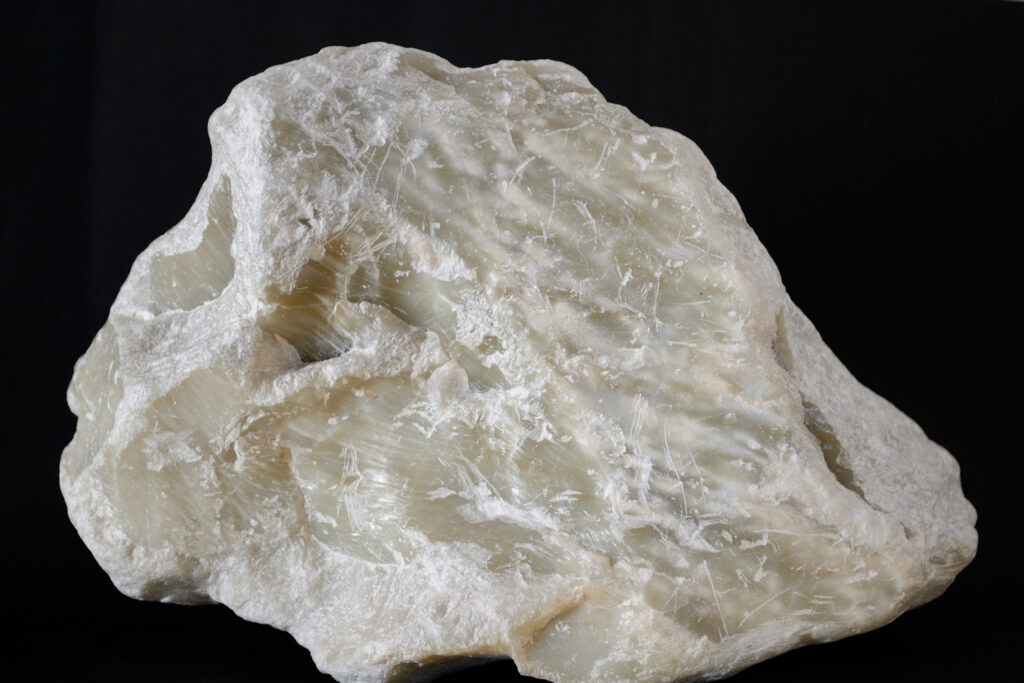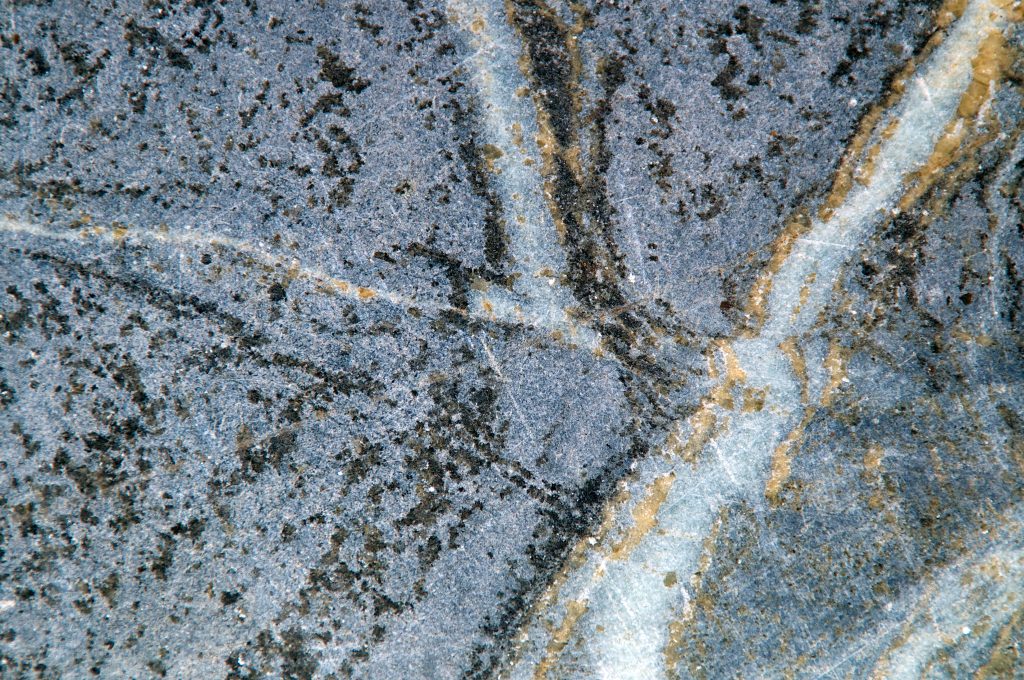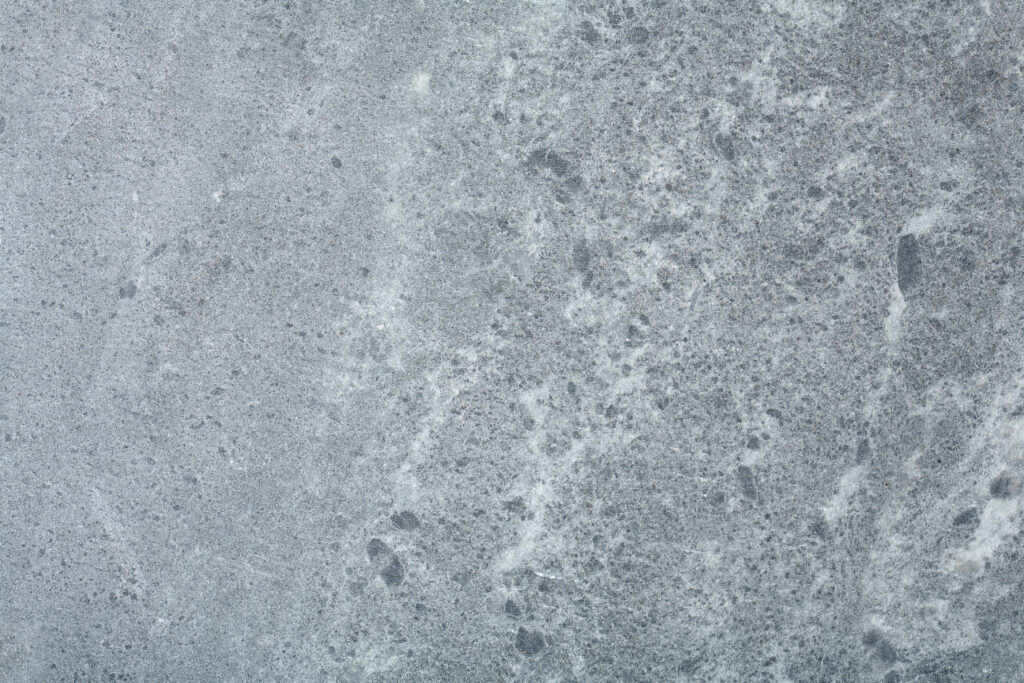Total Guide to Soapstone Countertops in Kitchens and Bathrooms – 2021
Soapstone countertops have distinct visual characteristics and natural attributes that make them a popular choice for kitchens and bathrooms. The stone’s beauty adds a warm and inviting aesthetic to the room and it is a popular choice when remodeling bathroom or kitchen countertops. But, how do you know whether it is the right choice for your custom countertop?
Learn everything you need to know about soapstone when shopping for custom countertops for your kitchen or bathroom. Find out the pros and cons that come with soapstones’ unique attributes, and see examples of countertops featuring different color and pattern variations. And, find out how it compares to other popular options, like quartz, granite, solid surface, and laminate in terms of cost, quality, and aesthetic.
Everything You Need to Know About Soapstone Countertops
Soapstone countertops are non-porous, non-absorbent, corrosion-resistant to acids and alkalis, and have high heat-resistant properties. Soapstone has a very high heat storage capacity, meaning that it distributes heat effectively. For this reason, it is no surprise that humans and soapstone have a long relationship.

Archeological evidence suggests Native American cultures using soapstone in shelter, tools, cooking, and carving as far back as 8,000 BC. The stone is unique in that it is soft enough to easily carve, making it a popular medium for sculptures and operative stonemasons for thousands of years. In terms of the stone’s hardness, it is comparable to that of marble, and about half as hard as quartz stone countertops.
But, just because it is a soft stone doesn’t make it porous or weak. Soapstone is considerably more dense than many other types of stone countertop, including quartz, granite, and marble. The high-density characteristic of soapstone is from the compact nature of the mineral particles making up the stone. Germs and dirt are much less likely to accumulate in the fine grains of the stone because of its high density, which makes soapstone easy to clean and disinfect.
Where Does Soapstone Come From?
Soapstone countertops come from stone quarries and are cut in large slabs. The stone is naturally occurring all over the Earth and on every continent. It forms at tectonic plates, where the right combination of heat, pressure, liquid, and minerals meet – without becoming hot enough to melt the minerals. Physically, soapstone comprises magnesium, dolomite, chlorite, and talc.

The inclusion of talc gives the stone a grainy sensation to the touch and a visually cloudy optical aesthetic. The more talc in the stone, the softer it is and better for carving than for countertops. Soapstone countertops are chosen from slabs featuring as little talc as possible. Soapstone with less talc has historically been used for ovens, fireplaces, countertops, cooking pots, and other implements which must withstand high temperatures.
What Does Soapstone Look Like?
Soapstone is highly sought after for its aesthetic value and optical beauty. The stone often can include marbling, which features a swirling tapestry of several different colors and patterns. Or, you can choose a cutting of soapstone that features one primary color within the stone’s mineral composition.
The colors of soapstone range from dark-gray charcoal, to pale milky white. Unlike marble, it does not tend to include rich reds and bold colors. When you find marbling within soapstone, it is often a subtle and beautiful inclusion. For this reason, the stone’s visual aesthetic carries an evergreen appeal and seamlessly fits a rustic, traditional, or contemporary style.

How Durable is Soapstone?
Dispute common misconceptions – just because something is hard does not mean it is durable. Soapstone is durable, in large part because of its pliability. The same principle applies to skyscrapers: the taller the building, the more vital it is for the structure to have flexible attributes. And, these attributes contribute to the durability of the structure.
The same principle applies to the mineral structure of soapstone. The density of the mineral particles produces pliable, yet durable characteristics. As an example of the opposite: the tensile strength of granite is less than that of soapstone, even though it is a harder stone – it is more brittle.
Is Soapstone Prone to Damage, and How Do You Maintain the Countertops?
As mentioned before – soapstone is the best type of stone countertop for maintaining good sanitation. The density of the mineral particles in the stone creates a strong barrier against germs and bacteria becoming embedded. Therein, cleaning soapstone countertops is as easy as it gets.
The best way to clean these countertops is to use standard dish soap and a non-abrasive sponge.
Avoid using steel wool or other abrasives on soapstone. Unlike harder stone countertops like granite, soapstone can easily dent and chip. Because of this, soapstone might become a hazardous material for countertops in high-activity, high-foot-traffic kitchens.
How Much Does Soapstone Cost?
When it comes to the cost of soapstone in your kitchen or bathroom, your budget is a factor. Soapstone is a premium countertop material and can range in price anywhere from around $50 per square foot to $200 per square foot. Since a higher talc content is connected to softer soapstone, the price is higher for stone with less talc content.
The type of stone surface you choose for your kitchen or bathroom countertops reflects your functional, aesthetic, and budgetary preferences. Soapstone is a beautiful and adaptive countertop for a wide range of environments and uses, so is it right for you? Talk to a Myers Countertops associate for a free custom kitchen consultation to find out if soapstone countertops are the best choice for your kitchen or bathroom remodel in 2021.